If there’s one thing we’ve learned in 2020, it’s that we can make do with a lot less than we think we need. And if there’s one win we got out of last year, it’s that our environment got a solid moment to heal and breathe.
In those months where we slowed down and cut back on our daily commutes, every country showed an improvement in the quality of air, river pollution, noise pollution, and allowed for an undisturbed and calm wildlife.
But as we begin to slowly step back into our “normal” daily routines, it’s more important than ever to make sure we’re continuing our sustainable practices. And mindful consumption and reducing plastics isn’t just about saving the planet – its about making smarter decision for your wallet, too.
If you’re looking for more ways to step-up your sustainability in 2021, look no further. Here’s 10 unique ways create room in your trash bins, encourage healthy practices while saving you money down the line.
1. Ditch the TP and Try a bidet
In case you don’t know what a bidet is, they are a toilet accessory that cleans your underside using a jet of water. Sounds odd, but they’re a regular staple to bathrooms all across Europe and Japan.
Bidets are also much less stressful on the environment than using paper. Americans use a whopping 36.5 billion rolls of toilet paper every year, which counts for approx 15 million trees. Companies like Tushy provide households with easy-to-install bidets that ultimately save you a few hundred bucks a year.
SHOP TUSHY
2. Always keep a to-go cup handy
SHOP STOJO
Opt for a Multi-Use, Concentrate Cleaner
If you’re not using non-toxic cleaners, well, its probably time you start. And if there’s one “clean” cleaner you should get, Branch Basics concentrate is it (or in our case, we’re major fans of the starter kit.)
One bottle of the Branch Basics concentrate is the only cleaner you’ll ever need (there’s a reason why every customer swears by it.) When mixed with water, the concentration makes all purpose cleaners, laundry detergent and even glass + window cleaner – all depending on the levels of water used. This one concentrate will replace ever other cleaner in your house and save you big $ and time down the line.
SHOP Branch Basics
4. Try “Refillable” Makeup
We’ve already been big fans of clean makeup. But we’re taking our sustainability level up a notch by purchasing from “refillable” companies.
Kjaer Weiss – one of the most luxurious clean makeup brands – sells refills on their entire line, from their mascara to lipstick. The beautiful metal KW packaging is meant to be kept – just insert a refill so you can use their luxurious packaging over and over again. (And of course, the refills are priced lower than the originals.)
SHOP Kjaer Weiss
5. Use Smart Plug Strips for Large Electronics
Did you know that your turned-off electronics may be spiking your power bills? “Phantom loads,” refer to the electricity an appliance or a device uses, even when it’s turned off. Those turned-off devices that are plugged into outlets can cost you, on average, up to $200 more per month in electricity.
Smart power strips work by shutting off the power to your electronics when you’re not using them. This saves you from unplugging them after each use. Smart plug strips are a smart and easy way to save money and energy at home.
SHOP On Amazon
6. DIY your Sparkling Water
If you’re like us and love sparkling mineral water (we love you, Gerolsteiner), our recycle bin fills up rather quickly with big, bulky bottles.
We love the Aarke Premium Water Carbonator because it’s sleek, doesn’t take up too much space in the kitchen, and makes our favorite sparkling drinks within seconds. And if you’re a fan of mineral water like us, throw in a shot of liquid minerals to give your water extra health benefits.
SHOP AARKE
7. Put reusable Paper Towels & Napkins Around Your House
SHOP Napkins
Shop Bamboo Dispenser
8. Ladies – try Menstrual Cups
SHOP Organicup
9. Grow Your Own Veggies
Growing your own food is one of the biggest ways to become more sustainable and save money. And even if you don’t have much outdoor space, growing your own produce is still possible…
Lettuce Grow is a self-watering, self-fertilizing Farmstand that makes it easy to grow your own food at home. You can choose seeds from seasonally curated non-GMO veggies, fruits and herbs. The coolest part? You can grow up to 36 plants in one stand.
SHOP LETTUCE GROW
10. Support + Purchase from Regenerative Farms
“Regenerative Agriculture” describes farming and grazing practices that are shown to reverse climate change by rebuilding soil organic matter and restoring degraded soil biodiversity – resulting in both carbon drawdown and improving the water cycle.
By purchasing meat and produce from regenerative farmers, you’re not only getting good quality food, but you’re helping save the soil for future generations. It also creates the demand for better farming practices that ultimately effect your, your health and your generations down the line.
Find a farm near you
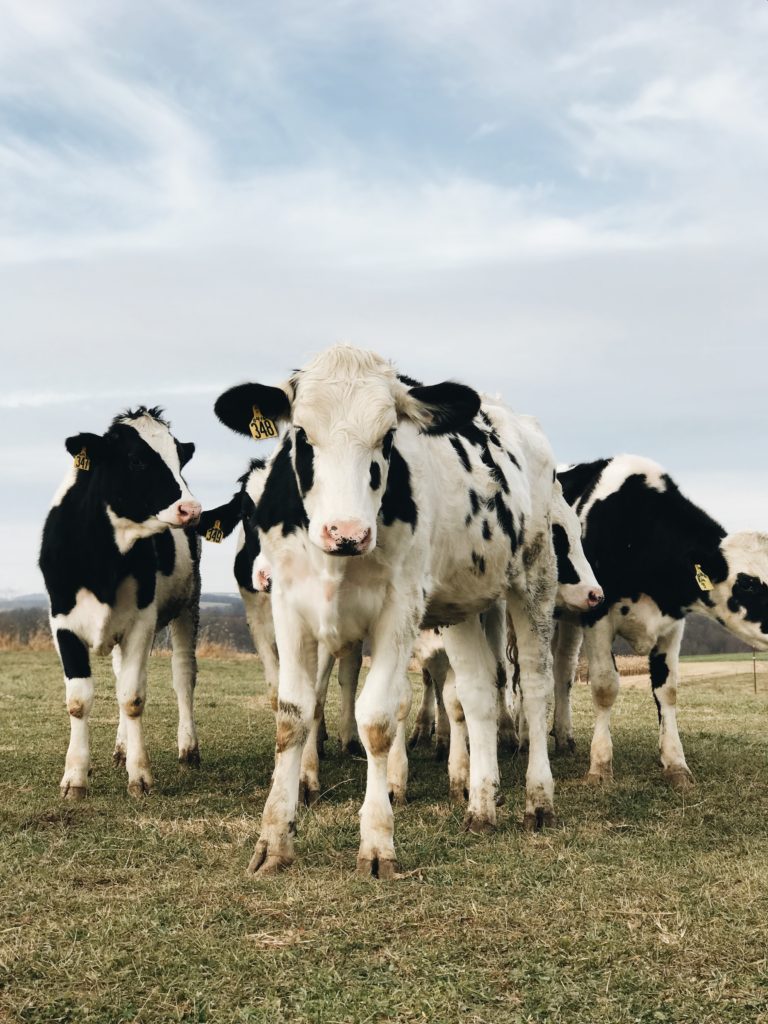
Editor’s Note: This article contains affiliate links. The Hive uses commission from our affiliate advertisers (not from you) to fund operations of the business. Have a question? Shoot us a note.
Featured Image: sigilscent.com

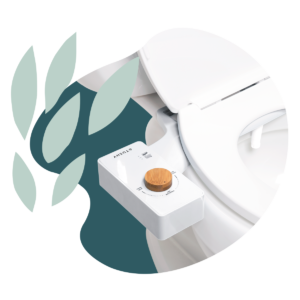
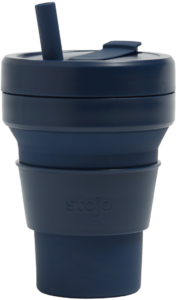
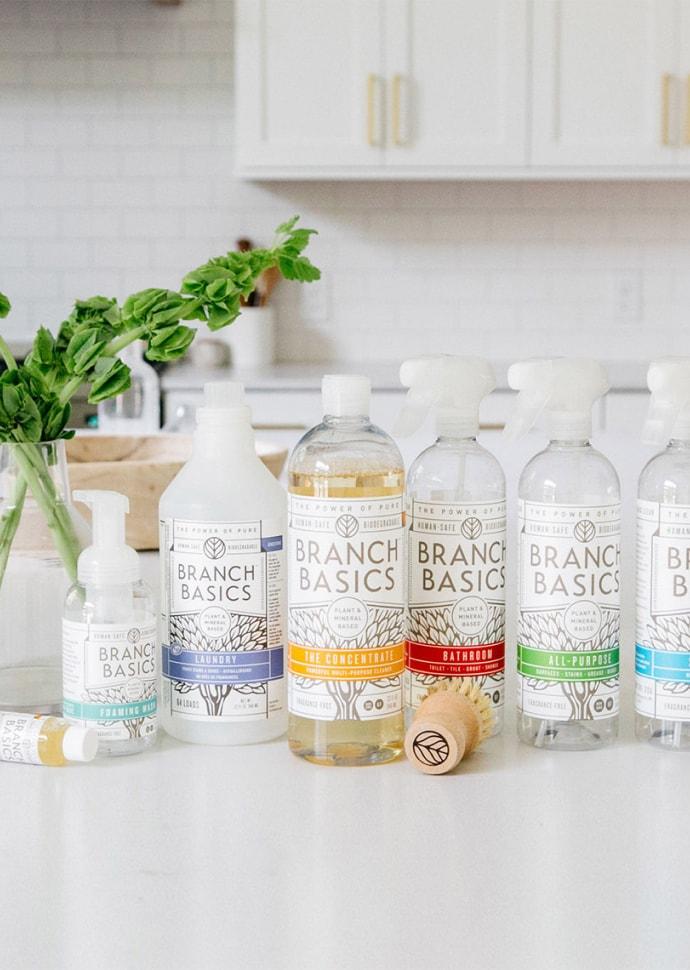
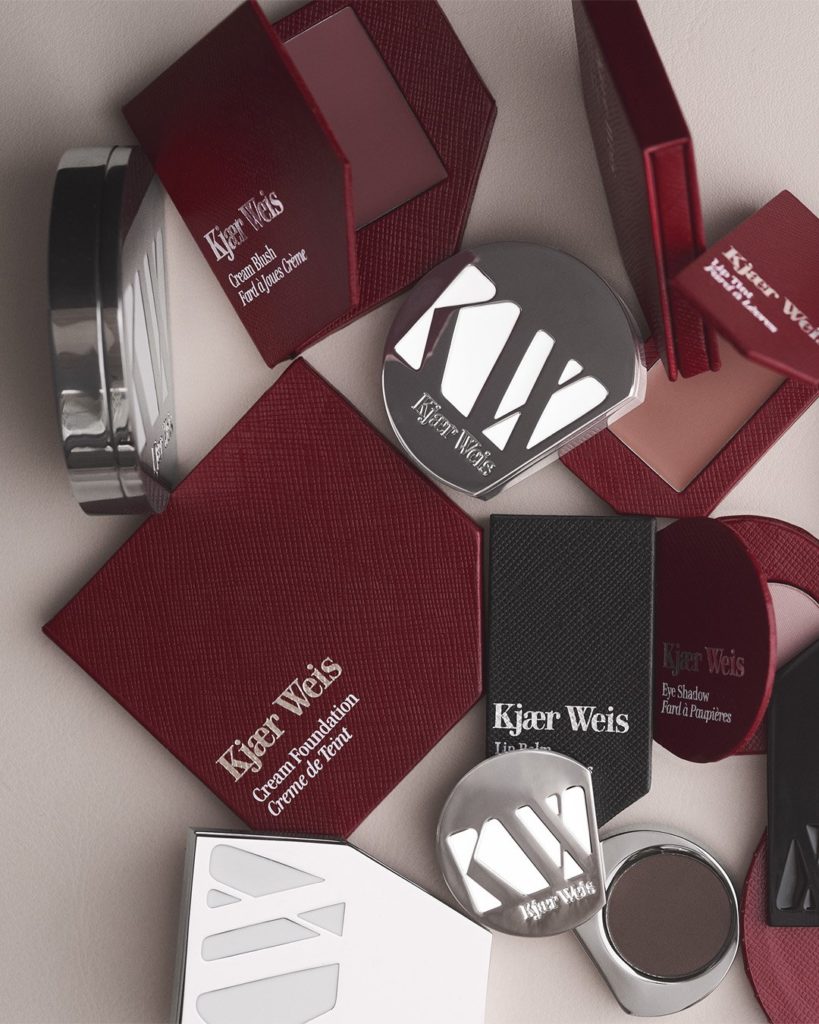
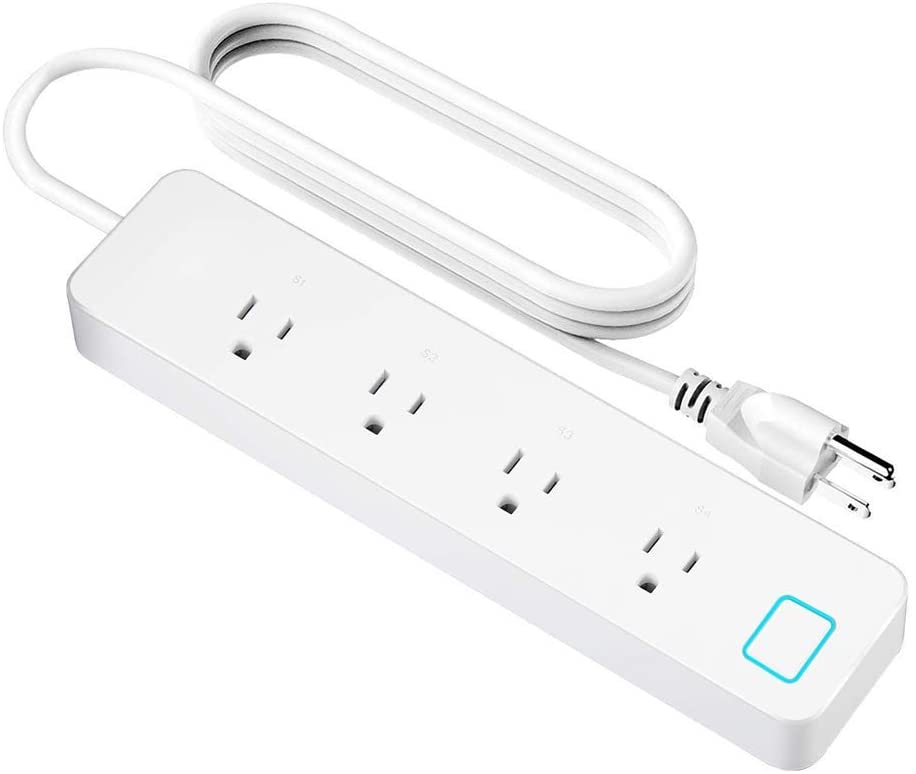
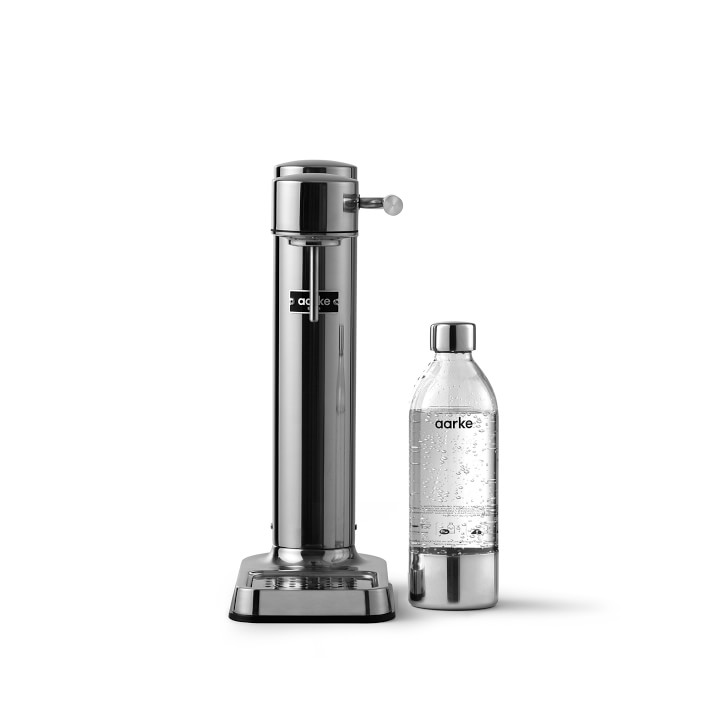
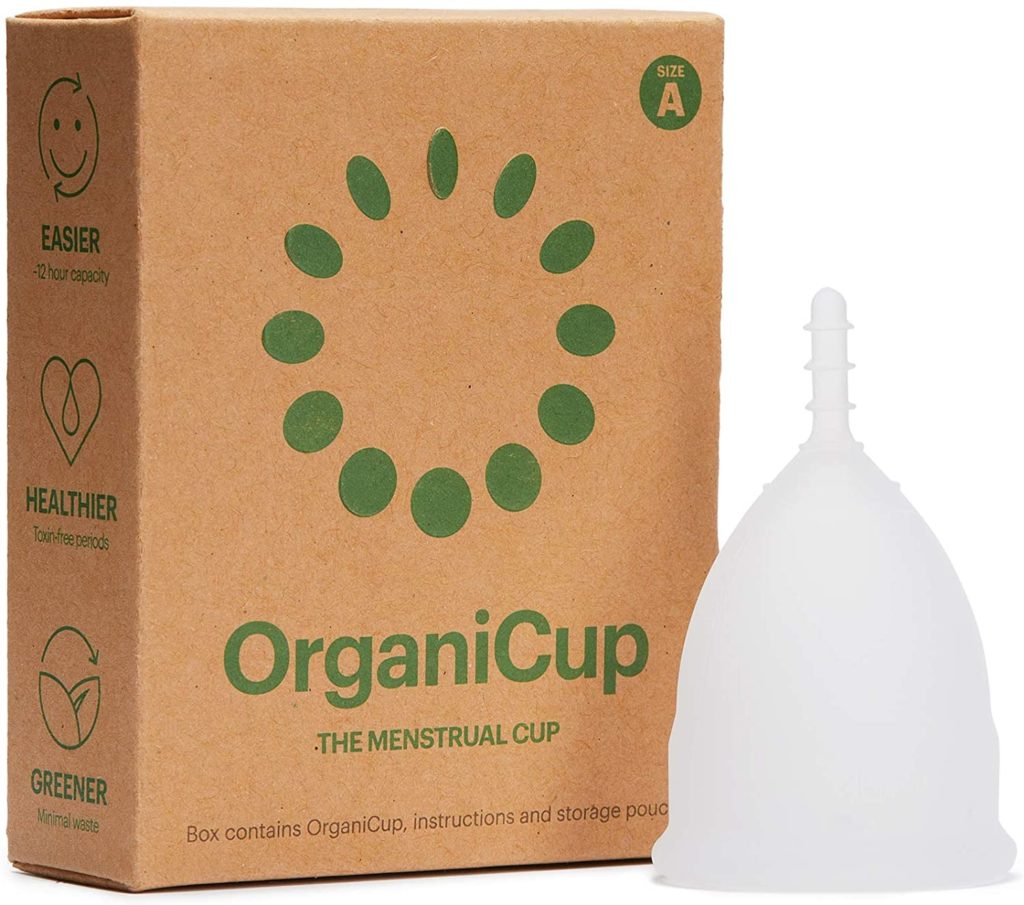
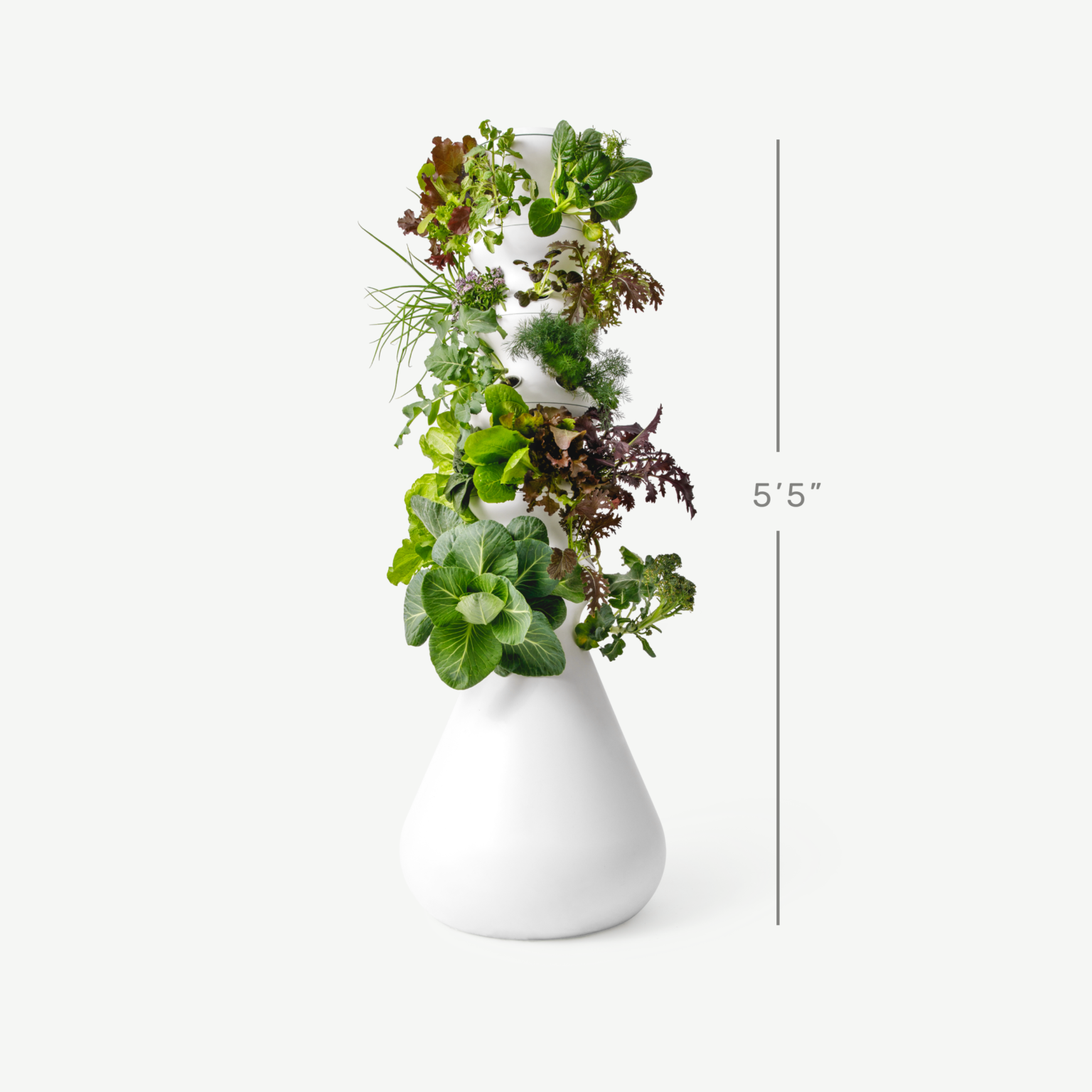

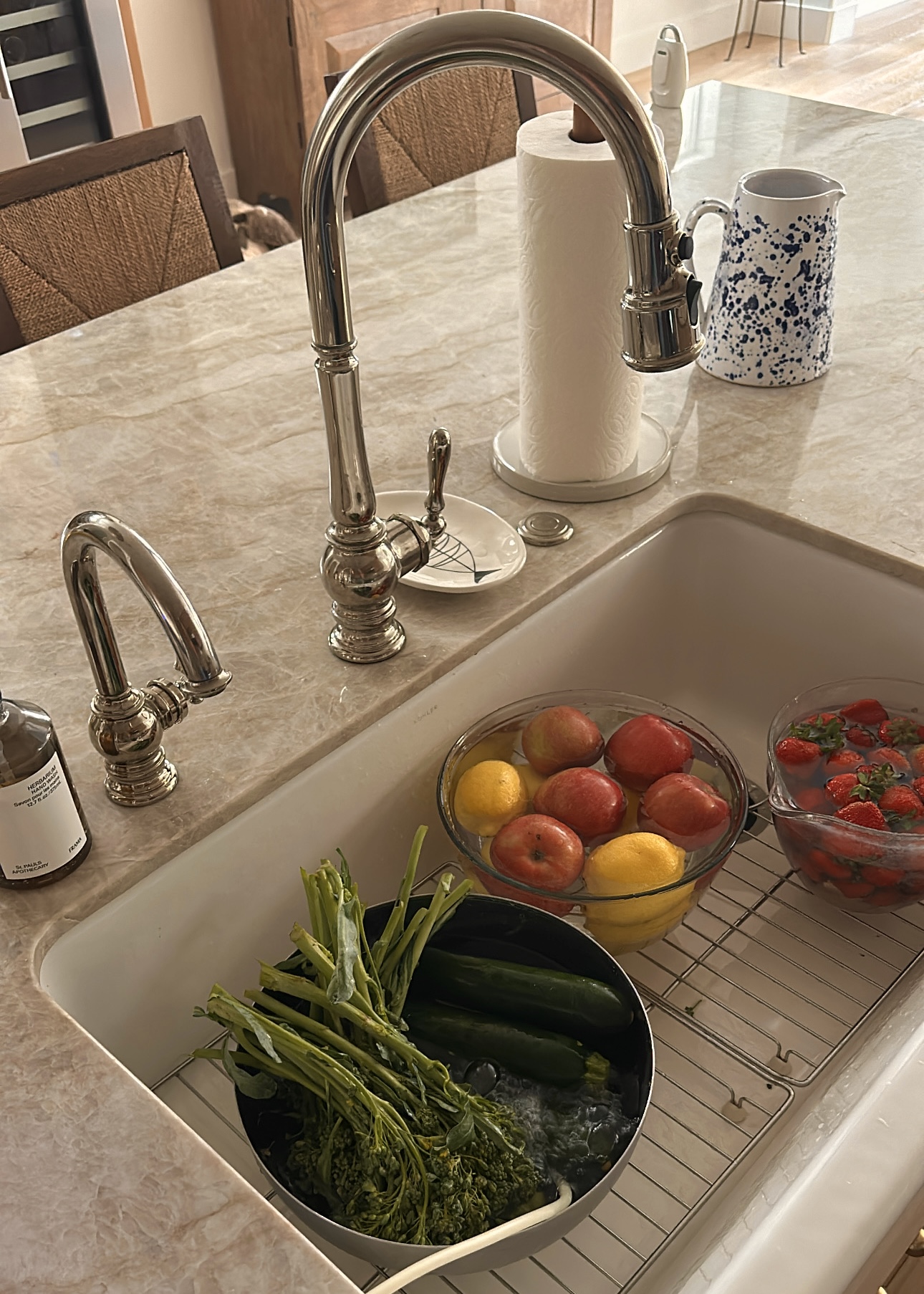

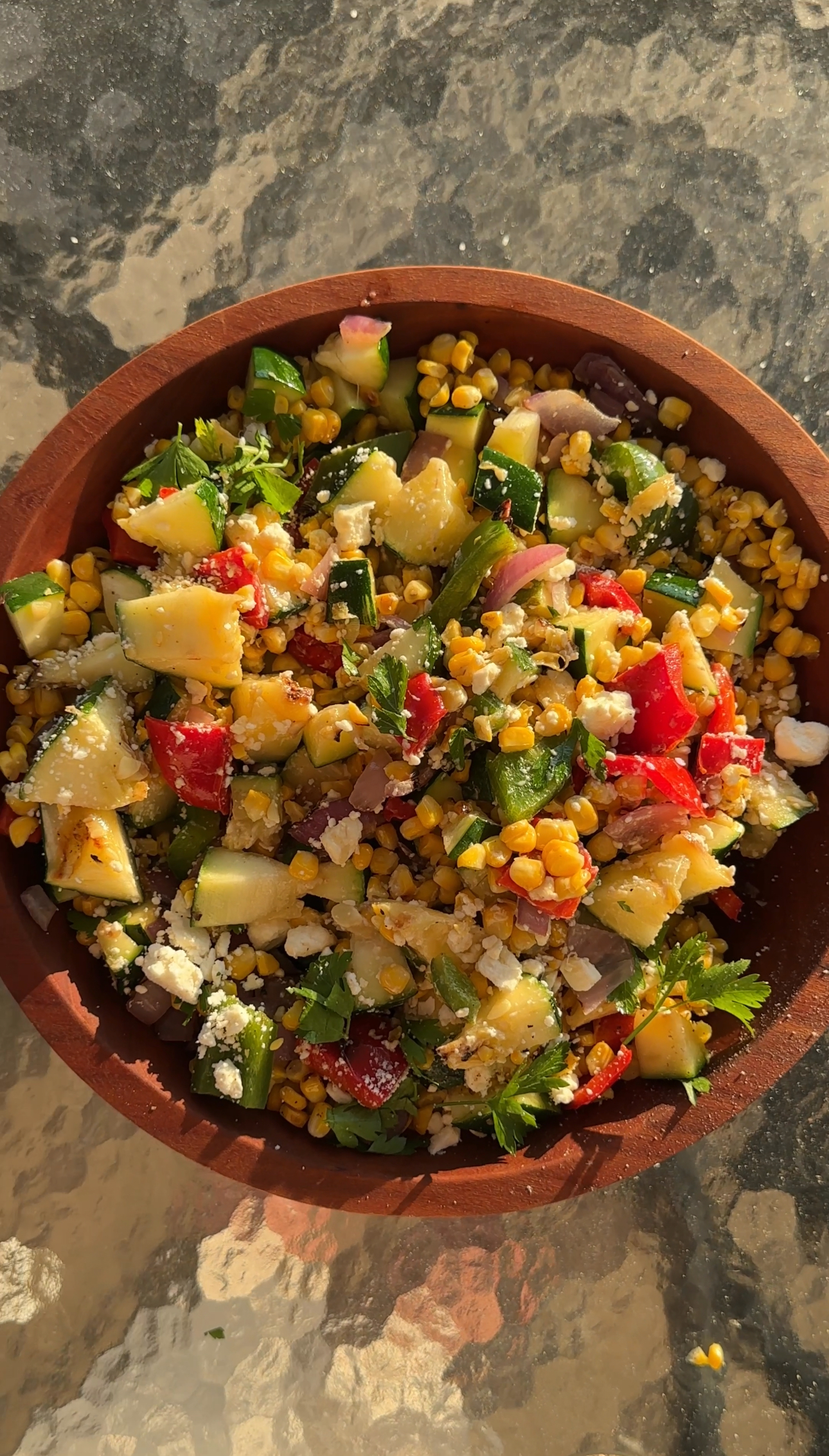
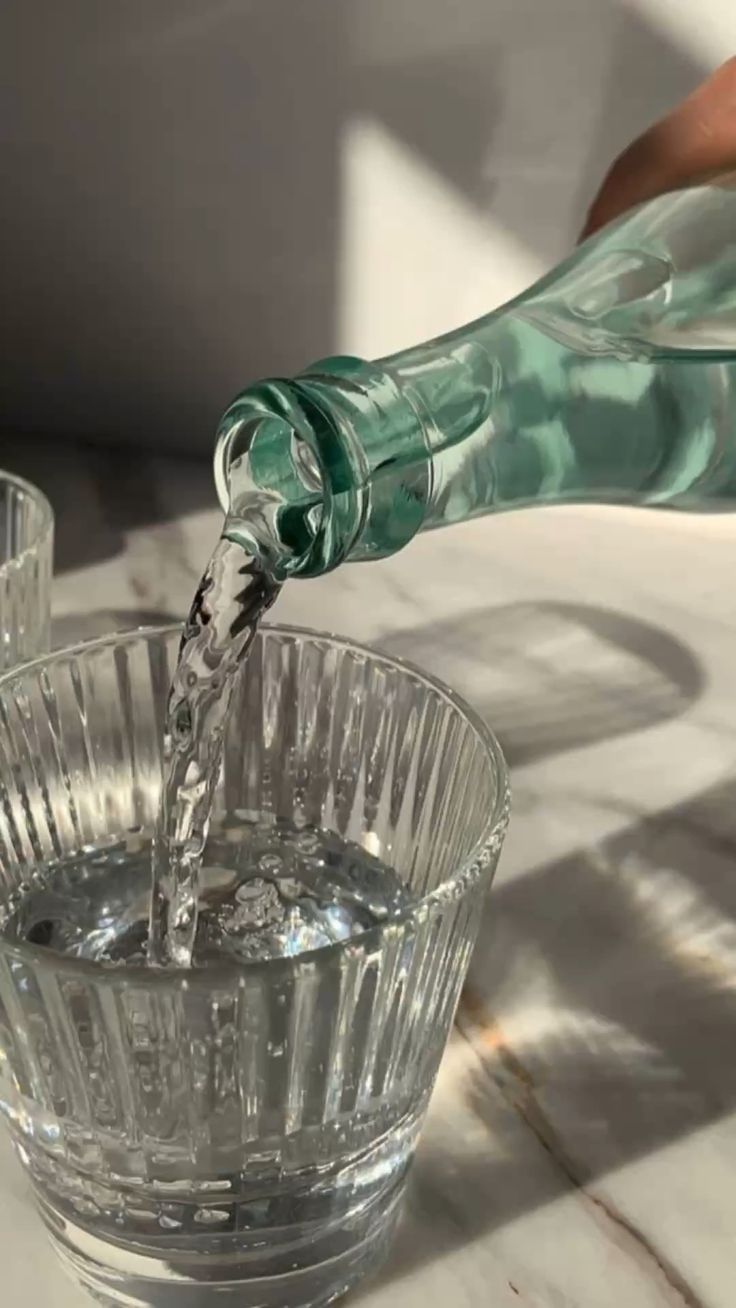
Read the Comments +